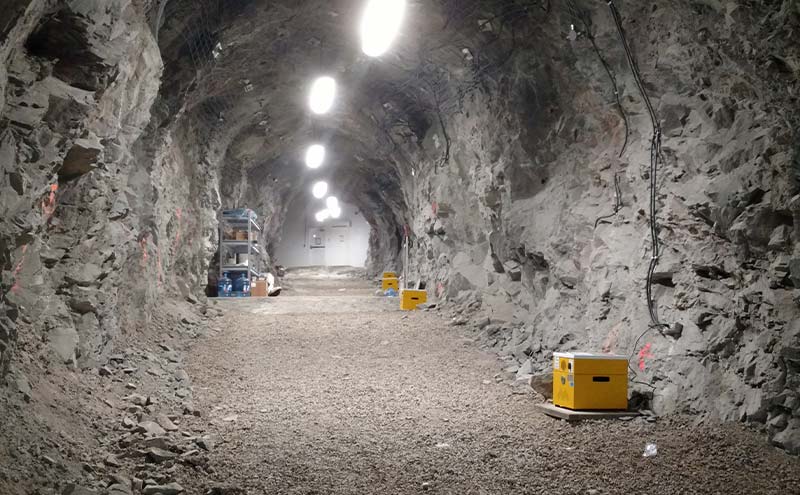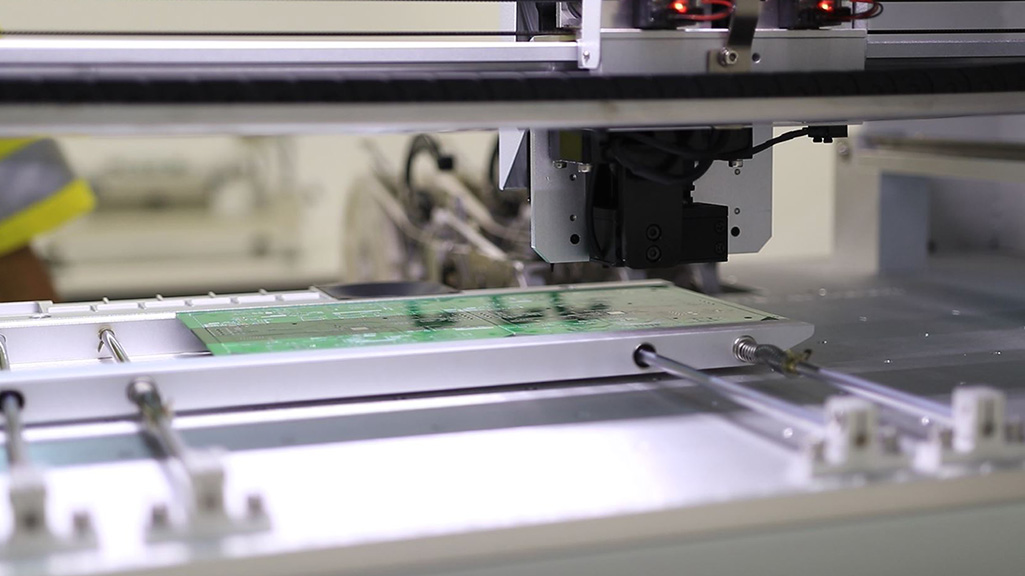Designing a refuge station for a hydroelectric power plant needs to consider several unique factors due to layout and underground construction. Upgrades to the refuge station had to accommodate more personnel and improve life-supporting equipment.
Key Takeaways
- An underground refuge station was expanded to accommodate 50-people over 12 hours, during scheduled maintenance and emergencies at a hydroelectric power station. The shelter had to consider the depth and restricted access through one entry tunnel.
- The upgrade included additional power sources, four scrubbing systems, gas monitoring and backup emergency oxygen supplies.
- Operator training was provided on-site to ensure staff had the skills and know-how to use the equipment within the refuge station.
Utilising the Natural Strata to Support Life in an Emergency
The natural rock strata was utilised to create an airtight environment, and purpose-built life support systems were installed to form a 50-person refuge station at the Wreck Cove site. The shelter is designed to provide a safe and secure go-to area to evacuate; protecting personnel from fires, explosions other hazardous threats.
Wreck Cove hosts the largest hydroelectric plant in Nova Scotia with a generating capacity of 222 MW. The renewable energy station was constructed from 1975-1978 South of the Cape Breton Highlands National Park. The hydro station collects drainage water from 216 square kilometres of the Cape Breton Highlands plateau to generate electricity. It’s also one of Canada’s more unique generating stations – located 275 meters underground, down a 620-meter access tunnel.
Site Challenges and Solutions
Challenges
- Refurbish an existing 20-person refuge station to accommodate 50 people during a hazardous event
- Power existing equipment on site: two 24,000 BTU air conditioners, lighting and other loads
- Ensure staff were aware of how to use the equipment
Solutions
- On-site assessment
- Installation of life-support equipment to build a refuge station
- On-site operational training to underground personnel
Assessing Site for Refuge Station Suitability
An on-site assessment is critical to designing the right refuge solution. This process involves assessing the environment, infrastructure and current safety measures to identify specific equipment and training requirements.
The Hydro Station at Wreck Cove is located deep underground through a single access tunnel. Restricted access posed several obstacles for quick evacuation during an emergency. The shelter needed to provide a safe location for all underground staff and visitors to reside in the event of a hazard such as a fire.
The existing shelter needed to be expanded from a 20-person refuge, to hold 50 people during maintenance of the power station. The location was ideal due to its robust structure, ability to be airtight to prevent the ingress of smoke and toxins, existing available utilities and size.
Many power plants and petrochemical facilities have limited safe haven durations, averaging between one and four hours. However, due to the nature of the facility, the shelter needed to sustain life for 12-hours. MineARC correctly sized the scrubbing and electrical equipment using our in-house permanent refuge calculator.
MineARC Systems America worked closely with Stantec Consulting Ltd and the on-site hydroelectric team at Nova Scotia to ensure the final design met the facility’s needs and safety requirements.
Installing Refuge Station Equipment
Once adequately assessed and reviewed, the installation of equipment can commence.
A significant challenge was to provide enough power to support existing and additional equipment due to the increase in capacity. Two 24,000 BTU air conditioners were already in place, along with lights and other loads. Despite the small footprint of MineARC’s Remote Location Battery Box, three 4.4kVa inverters were placed into the units to accommodate the heavy power requirements.
The installation process also included the set-up of:
- Four AirGEN Scrubbing Systems to remove harmful gases such as CO (Carbon Monoxide) and CO2 (Carbon Dioxide) within the sealed environment
- A Compact Design Aura-FX Digital Gas Monitor to measure temperature, O2 (Oxygen), CO and CO2 levels
- Back-up oxygen candle kit as an emergency precaution
- Portable Toilet and wag bags for adequate sanitation and hygiene
Before instalment, all electrical equipment was field inspected at MineARC’s Dallas office, to meet the Canadian Electrical Code, Part I Safety Standard for Electrical Installations C22.1.
On-site Training to Underground Personnel
Training on location provides staff with the knowledge and skills to use the equipment during an emergency. Operational training runs through the essential criteria and addresses critical questions personnel may have, such as ‘When do we start the scrubbing?’ and ‘When do we change the chemical?’
A key benefit of providing these sessions using the equipment installed is that it familiarises personnel on location with the actual mechanisms they will be required to use in an emergency. Additionally, it builds a better understanding of what to expect to help personnel prepare physically and psychologically.
The session was attended by the site electricians, maintenance technician, project manager and site engineer.
Growth, maintenance and production can impact the number of personnel on-site; ensuring safety measures can accommodate these changes is critical. The Wreck Cove site was proactive in implementing the upgrade to their current safe refuge to coincide with increased personnel due to the maintenance and refurbishment of the facility. MineARC Systems America worked closely with contractors and teams on-site to ensure the refuge station met their specific power needs and safety requirements.








